















|
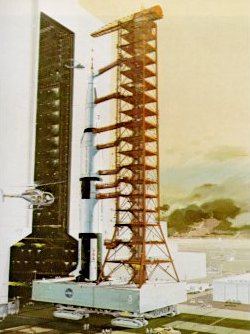
|
Robert McCall, ROLLOUT, oil on canvas Reproduced courtesy of Life magazine |

|
Tom O'Hara, CHECKING THE COMMAND MODULE, acrylic on paper |
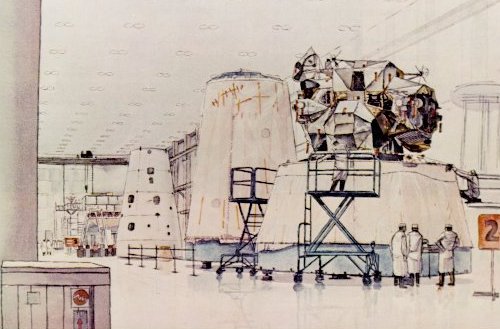
|
|
Billy Morrow Jackson, LUNAR MODULE WHITE ROOM, watercolor on paper |
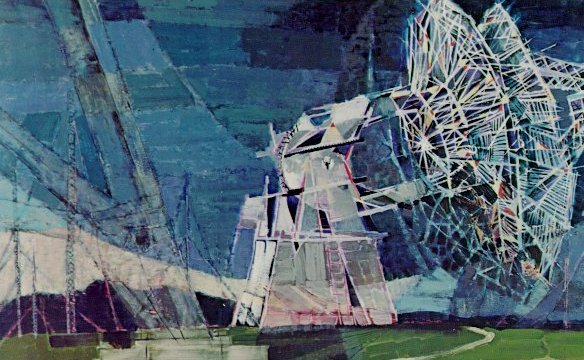
|
|
Paul Arlt, BIG DISH ANTENNAE, TANANARIVE, acrylic on canvas |
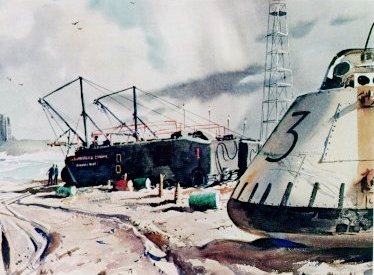
|
John Pike, BOILER PLATE, watercolor on paper |
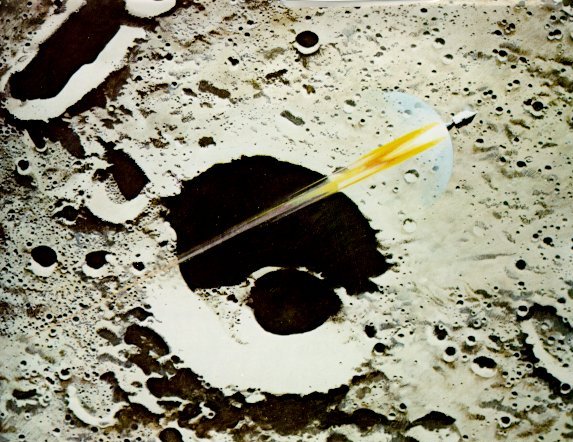
|
| Robert McCall, APOLLO 8 COMING HOME, oil on panel |
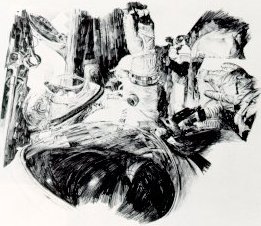
|
Paul Calle, INSIDE GEMINI SPACECRAFT, pencil on paper |


